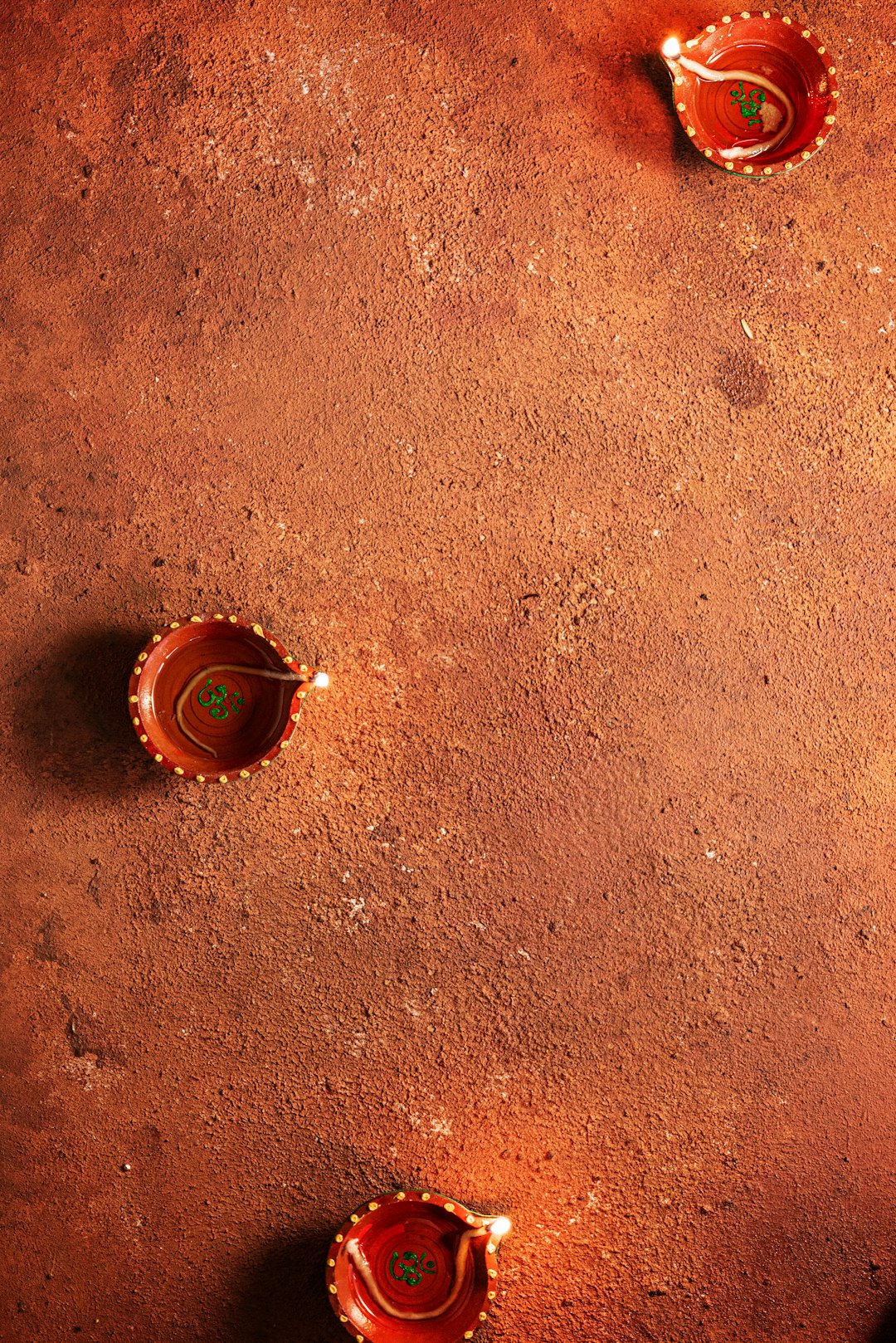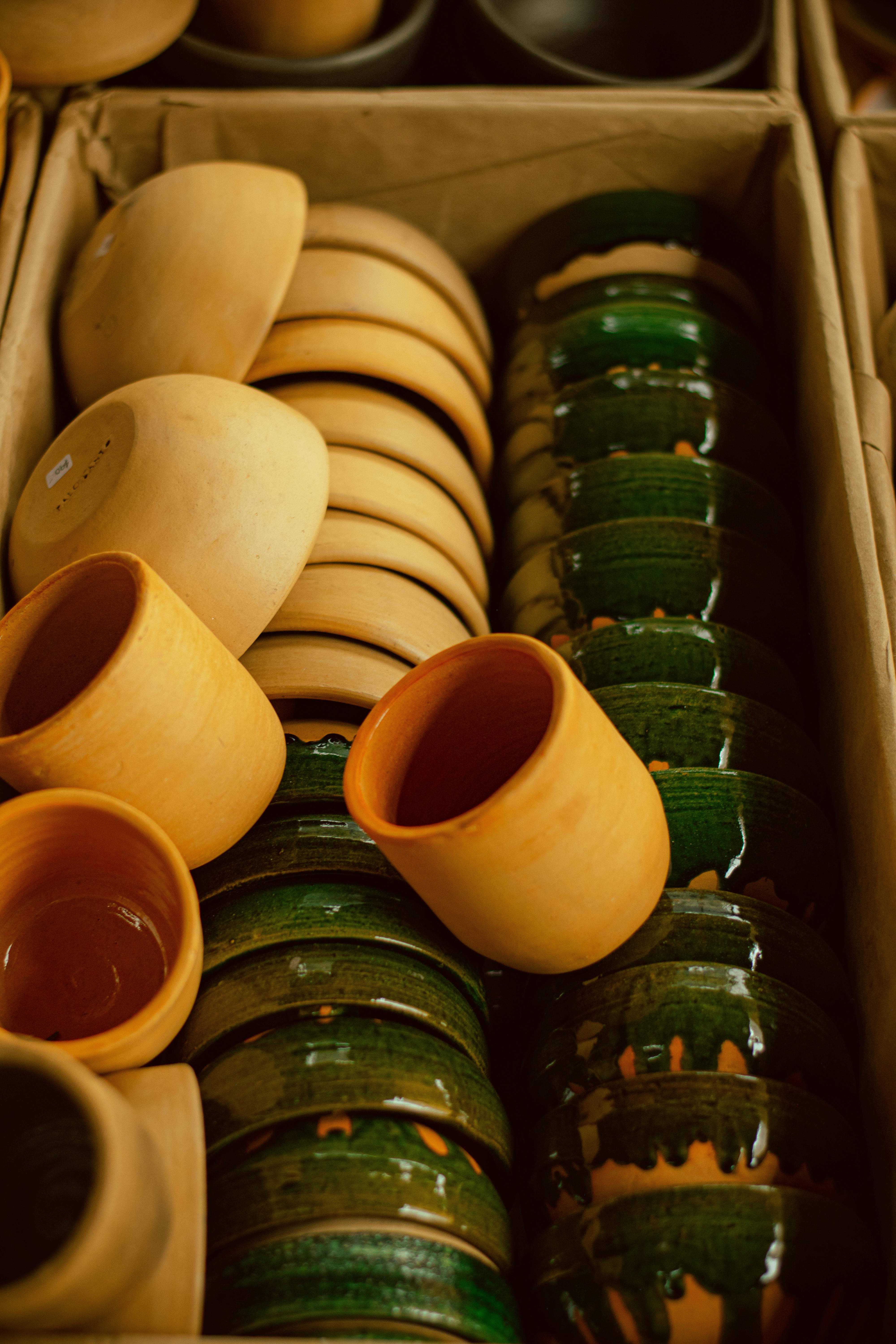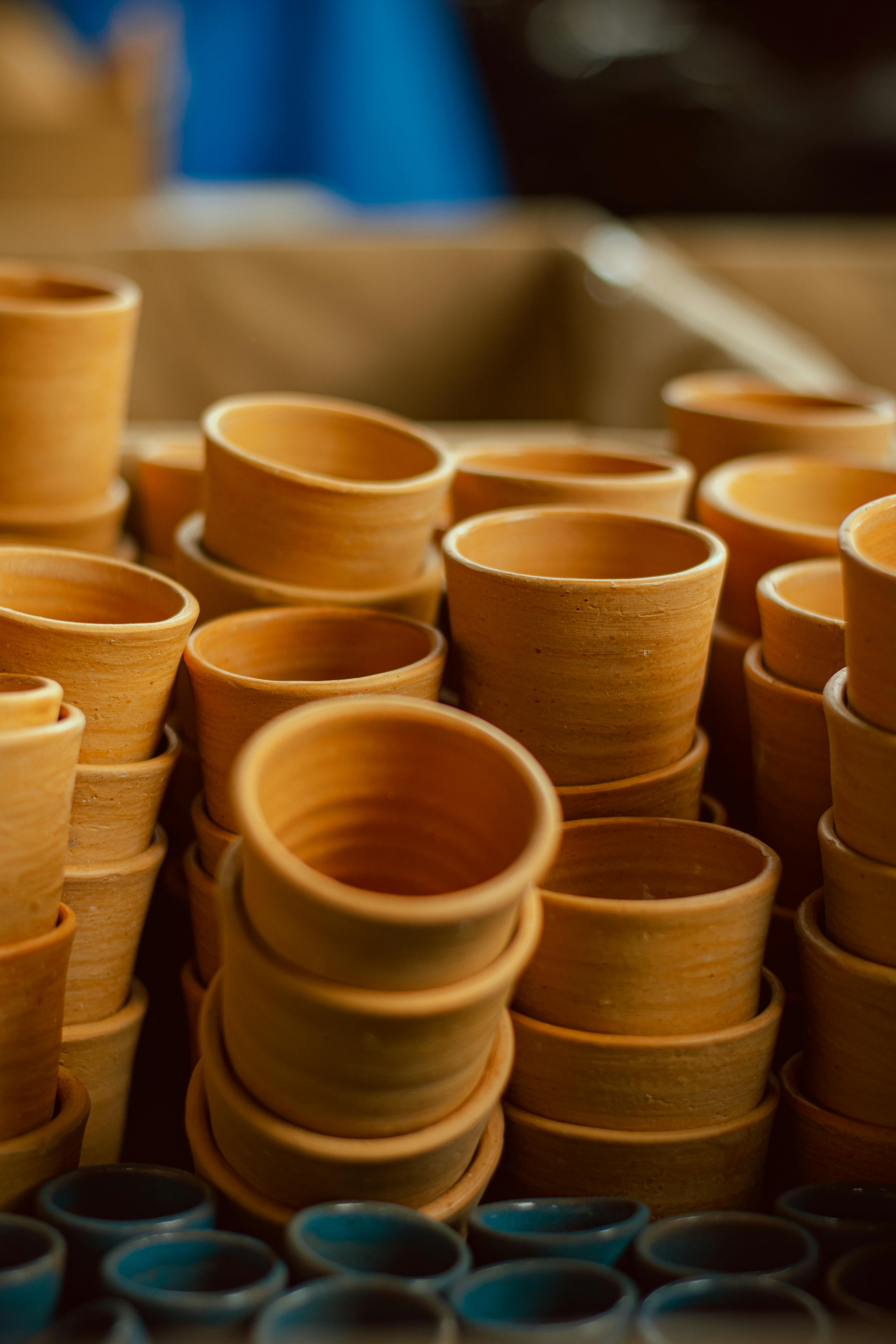Curious about whether unglazed pottery is food safe? This question is significant for anyone who uses or makes pottery, as it touches upon both aesthetic choices and health concerns. Unglazed pottery, often celebrated for its natural and rustic appearance, lacks the protective sheen of glaze, which can raise questions about its suitability for holding food and drink. The porous nature of unglazed ceramics can lead to the absorption of bacteria and liquids, making it critical to understand the safety measures and best practices for using these items in the kitchen.

| Aspect | Considerations | Remarks |
|---|---|---|
| Porosity | Unglazed pottery absorbs moisture and bacteria. | Use different methods to ensure safety, such as sealing. |
| Maintenance | Requires thorough, regular cleaning. | Hand washing is recommended to prevent contamination. |
| Usage | Best for dry foods or decorative purposes. | Avoid storing wet, acidic, or perishable foods. |
Understanding the Risks and Benefits of Unglazed Pottery
Unglazed pottery has a unique charm—that tactile, earthy quality that glazes simply can’t replicate. Yet, when it comes to serving food, this rustic appeal brings along certain considerations. The absence of glaze means the pottery remains porous, acting much like a sponge. It can soak up moisture, oils, and even bacteria, which raises some flags about its food safety.

Porous surfaces are more susceptible to harboring bacteria because they can trap food particles and moisture. This means that unless unglazed pottery is well-maintained, it can become a breeding ground for bacteria over time. However, there are ways to enjoy your favorite unglazed pieces safely. For instance, a study on the effects of glazing in pottery highlights the importance of understanding the material’s properties to better assess food safety.
Keeping Your Unglazed Pottery Safe
Using unglazed pottery requires an extra level of care to ensure it remains both beautiful and safe for use. One of the simplest methods is sealing. By applying a food-safe sealant, you can reduce the pot’s porosity, making it less likely to absorb unwanted bacteria or stains. Think of it as a barrier keeping out the unwanted guests.

Regular and thorough cleaning is crucial too. Unlike your typical glazed dish that can be tossed in a dishwasher, unglazed pottery necessitates some hands-on TLC. Here are a few tips to keep your unglazed items in top shape:
- Always hand wash your pieces with warm water and a mild detergent.
- Avoid soaking unglazed pottery for long periods to prevent water absorption.
- Dry thoroughly with a towel to avoid any lingering moisture.
By maintaining a regular cleaning routine, you’ll prolong the life of your pottery while keeping safety concerns at bay. In addition, proper storage and handling are essential, especially in cases of power outages, which can affect the safety of your food.

Considerations for Practical Use
While your unglazed bowl may look like the perfect vessel for your homemade soup, it might not be the safest choice. Unglazed pottery excels in decorative or dry food roles. Think fruit bowls, bread baskets, or even vases for that rustic floral arrangement. It’s generally best to limit usage to situations where the pottery will not be exposed to prolonged moisture or acidity, as these can further exacerbate porosity concerns.

The beauty of unglazed pottery is in its imperfections, but these same charms are what require us to consider how to best showcase their beauty without compromising safety. For deeper insights into how unglazed pottery is analyzed for its properties, a detailed study provides valuable scientific data. Additionally, research led by Davide Tanasi, PhD, sheds light on the chemical analysis of residues on unglazed pottery.
Have you successfully used unglazed pottery in the kitchen, or perhaps sealed a piece yourself? Share your tips and thoughts! Your input could be invaluable to those exploring the wonderfully rustic world of unglazed ceramics. For more on the latest pottery discussions and articles, check out our recent posts.
Further Insights on Making Pottery Food Safe
To delve deeper into ensuring your pottery is safe for everyday use, check out this informative video by Pottery to the People titled “How to make pottery Food Safe, Microwave Safe, & Dishwasher Safe // It’s all about Vitrification!” In the video, the process of vitrification is thoroughly explained, providing valuable techniques to make your unglazed pottery both functional and safe for food-related applications.
In conclusion, unglazed pottery offers a unique blend of natural beauty and functionality. By ensuring your pieces are food safe, you can enjoy both their rustic charm and your meals with peace of mind. Whether you’re crafting your own or selecting handmade items, understanding the safety aspects is key to appreciating the true essence of unglazed pottery.
Stay Connected
We're always excited to share more tips, inspirations, and the latest trends in pottery. Make sure to follow us on Instagram to stay updated and join our community of fellow pottery lovers!
